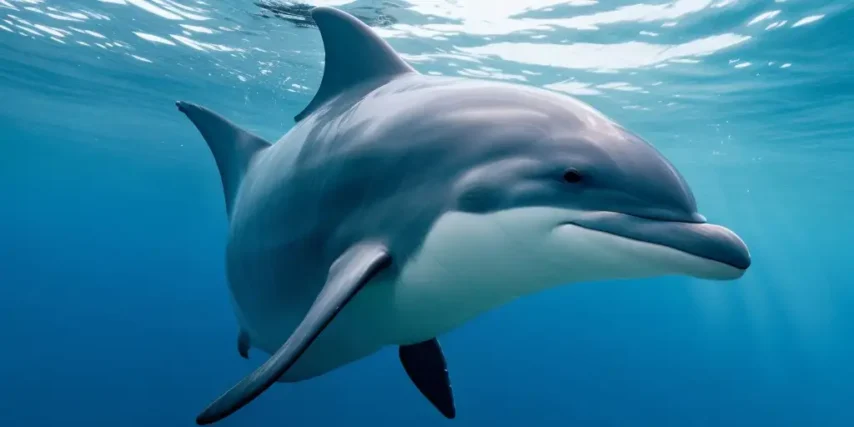Exploring the Myth and Reality: Do Dolphins Attack Humans?
Dolphins, often hailed as intelligent and friendly creatures of the sea, have long captured the imagination of humans. With their playful demeanor and seemingly gentle nature, they are beloved by many. However, amidst the fascination lies a question that occasionally surfaces in the minds of those who venture into the depths of the ocean: do dolphins attack humans? This article delves into the myth and reality surrounding this intriguing topic, exploring scientific research, anecdotal evidence, and the complex nature of human-dolphin interactions.
Dispelling the Myth:
First and foremost, it’s essential to dispel the myth that dolphins are inherently aggressive towards humans. In fact, the vast majority of encounters between humans and dolphins are peaceful and even joyous. Dolphins are known to approach swimmers, surfers, and boaters out of curiosity, often displaying playful behavior such as riding waves or performing acrobatic leaps. These interactions are typically characterized by mutual respect and fascination, with neither party posing a threat to the other.

Understanding Dolphin Behavior:
To understand the likelihood of dolphin attacks on humans, it’s crucial to delve into the behavior and social dynamics of these marine mammals. Dolphins are highly intelligent and social animals, living in complex social groups known as pods. Within these pods, individuals form strong bonds through communication, cooperation, and play. While dolphins may exhibit aggressive behavior towards members of their own species during territorial disputes or mating rituals, such behavior is rarely directed towards humans.
Instances of Aggression:
While the notion of dolphins attacking humans may seem improbable, there have been isolated incidents where dolphins have exhibited aggressive behavior towards humans. These incidents are often the result of human actions that disrupt the natural behavior of dolphins or provoke fear and stress in the animals. For example, attempts to feed or touch wild dolphins can lead to confusion and aggression, as dolphins may perceive such actions as a threat to their safety or territory.
Furthermore, dolphins may become agitated in response to noise pollution, boat traffic, or other forms of human disturbance in their habitat. In rare cases, dolphins may exhibit aggressive behavior as a defensive mechanism when they feel threatened or cornered. However, it’s essential to recognize that such incidents are exceptions rather than the norm, and they should not overshadow the overwhelmingly positive interactions between humans and dolphins.

Case Studies and Research:
Numerous studies have explored human-dolphin interactions in various contexts, shedding light on the complex dynamics at play. One notable case study involved a series of encounters between bottlenose dolphins and spearfishers in the Bahamas. Researchers observed that dolphins exhibited different behaviors depending on the spearfishers’ actions, with calm and playful interactions occurring when the spearfishers remained passive and respectful.
Similarly, research conducted in captivity has provided valuable insights into dolphin behavior and communication. Studies have shown that dolphins are capable of forming strong bonds with humans, often displaying affectionate behavior towards trainers and caretakers. However, it’s essential to recognize the limitations of captive environments and avoid extrapolating findings to wild dolphin populations.
Coexistence and Conservation:
As humans continue to encroach upon marine ecosystems through coastal development, pollution, and overfishing, the importance of promoting harmonious coexistence with dolphins becomes increasingly apparent. Conservation efforts aimed at protecting marine habitats and reducing human impact on dolphin populations are essential for preserving these majestic creatures for future generations.

Education also plays a crucial role in fostering respect and understanding towards dolphins and other marine animals. By raising awareness about responsible wildlife viewing practices and the potential consequences of human interference, we can minimize the risk of negative interactions and promote a culture of conservation and stewardship.
In conclusion, the notion of dolphins attacking humans is largely a myth perpetuated by sensationalized media portrayals and anecdotal accounts. While isolated incidents of aggression may occur under specific circumstances, the overwhelming evidence suggests that dolphins are peaceful and intelligent creatures that pose little to no threat to humans. By fostering mutual respect, understanding, and conservation efforts, we can continue to enjoy the wonders of the ocean and coexist harmoniously with its inhabitants, including the magnificent dolphins.







